The Merlin is a small member of the falcon, or Falconidae, family. They live throughout North, Central, and parts of South America, as well as Eurasia and northern Africa. Like all falcons, these birds are highly skilled hunters who capture much of their prey on the wing. Their narrow wings allow them to maneuver effectively while pursuing prey. Read on to learn about the Merlin.
Description of the Merlin
These falcons are quite small, usually around 10 inches long with a 12-inch wingspan. Most Merlins weigh around 7 or 8 ounces. Their plumage is dark colored, and usually either brown or gray. Their undersides are also dark, but interspersed with cream colored dappling. Like all birds of prey, they have sharp curved beaks, and sharp talons.
Interesting Facts About the Merlin
Even though these birds are relatively common and widespread, they are far from mundane. Merlins have a number of different adaptations and behaviors that set them apart from the 40 other falcon species across the globe.
- A Woman’s Falcon – These small birds were popular among female royalty when falconry was prevalent during Medieval times. Some of the more famous owners of these birds included Mary Queen of Scots and Catherine the Great. They hunted skylarks using their Merlin
- Work Smarter, Not Harder – Instead of building their own nests, these birds like to usurp the nests of other large birds. They like to take up residence in old crow or hawk nests. Because of this, they actually never build their own nests!
- Social Raptor – Very few birds of prey work together while hunting. One of the few species that hunts as a group is the Harris hawk. Merlins are also part of this exclusive cooperative hunting club. Unlike Harris hawks, which hunt in family groups containing several members, Merlins usually hunt in pairs.
- Pair Hunts – The most common example of pairs cooperatively hunting is while trying to capture birds flying in flocks. One member of the pair attacks the flock from above, and then the other catches stragglers that break away from the flock during the confusion.
Habitat of the Merlin
These birds live in a variety of different habitat types. Their favorite habitats are those with large expanses of open area. They prefer open habitats to forests primarily because they prefer pursuing prey in the air.
Some of the different ecosystems that they thrive in include grasslands, meadows, marshes, deserts, coastlines, and steppes. They do use forested areas while breeding, and usually choose coniferous, or pine, forest.
Distribution of the Merlin
Because they migrate seasonally, Merlins have an exceptionally large range. During the spring and summer, they live in northern regions, and during the winter they migrate south.
In North America, they live in Alaska and Canada during the summer, and migrate into the United States and Mexico, as well as Central and northern South America. In Eurasia, they live primarily in Russia and northern portions of Europe during the summer, and migrate south over the winter.
Diet of the Merlin
Like all falcons, these birds are carnivores and only eat meat. Their favorite prey is small species of birds, which they usually catch while flying. In fact, the vast majority of their diet consists of birds. Some of their most common prey items include sparrows, ptarmigans, finches, larks, grouse, and more. They also hunt for insects, lizards, frogs, mice, rats, rabbits, and other small animals.
Merlin and Human Interaction
These birds have healthy populations, and human activity does not severely adversely impact them. The IUCN currently lists Merlins as Least Concern. However, human activity impacts populations in different regions in different ways.
Habitat destruction is the most detrimental activity to this species. Power lines and other human structures also injure these birds. Like the Peregrine falcon, the pesticide DDT also impacted them while it was still in use.
Domestication
Humans have not domesticated these birds in any way.
Does the Merlin Make a Good Pet
No, these birds do not make good pets. In most places it is illegal to own, capture, harass, or kill a Merlin.
Merlin Care
In zoos, Merlins have lots of opportunity to exercise and stretch their wings. Zookeepers glove train most of them, so that they can use them in educational presentations.
These presentations are important for teaching the public about the importance of conservation and environmental protection. Zookeepers feed these birds a variety of different prey, including chicks, mice, rats, and more.
Behavior of the Merlin
Outside of the breeding season, these ferocious birds are solitary. They spend most of their time hunting for prey or resting on high perches. Once the breeding season begins, the male and female both hunt for prey for the chicks. Sometimes the pair hunts cooperatively, but they usually hunt alone. The pair defends a territory around their nest, and chases away any potential predators or competitors.
Reproduction of the Merlin
Female Merlins lay about five eggs per clutch. She then incubates the eggs, while the male hunts and brings her food while she is on the nest. It takes about a month for the eggs to hatch.
Once the chicks hatch, both parents participate in catching food for the young. The chicks develop quickly, and begin learning to fly when they are about a month old. They remain with their parents for a few weeks after they leave the nest, and begin migrating to the southern wintering grounds.


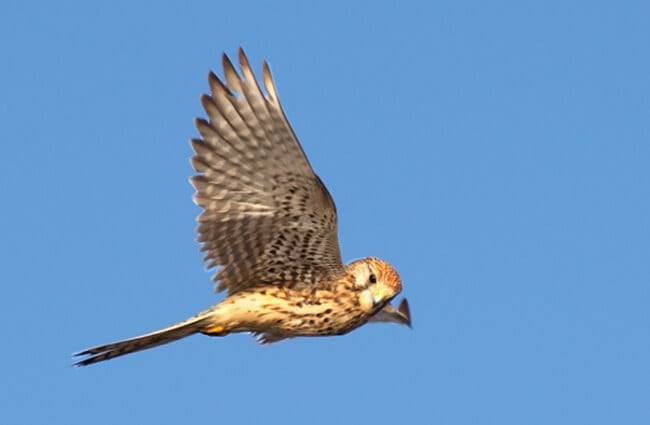

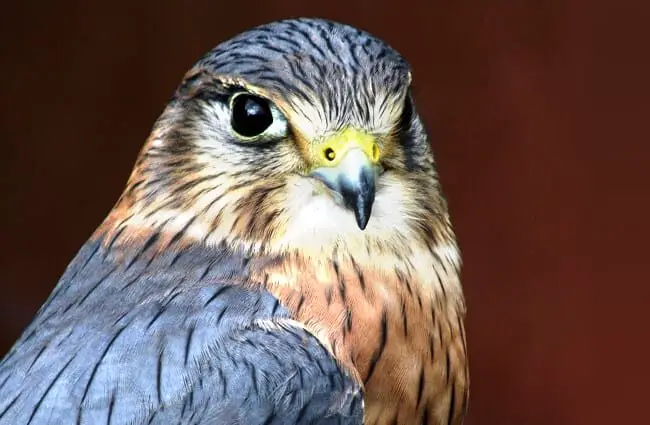
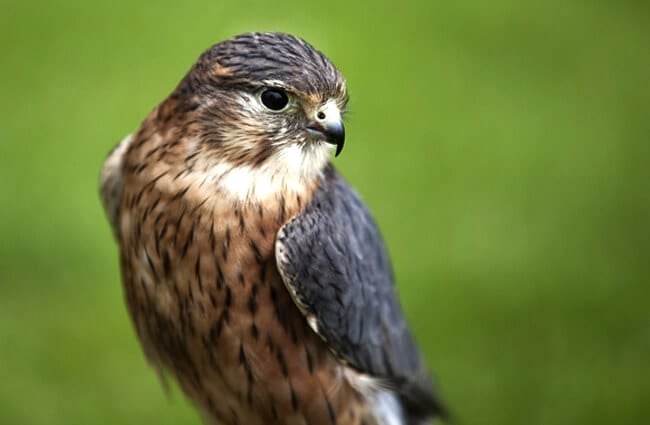
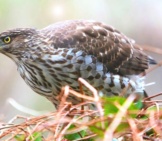
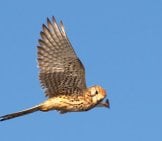
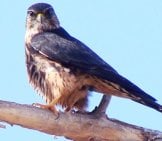
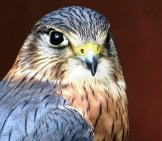
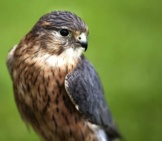
![Red Angus Closeup of a beautiful Red Angus cowPhoto by: U.S. Department of Agriculture [pubic domain]https://creativecommons.org/licenses/by/2.0/](https://animals.net/wp-content/uploads/2020/03/Red-Angus-4-238x178.jpg)












![Red Angus Closeup of a beautiful Red Angus cowPhoto by: U.S. Department of Agriculture [pubic domain]https://creativecommons.org/licenses/by/2.0/](https://animals.net/wp-content/uploads/2020/03/Red-Angus-4-100x75.jpg)

